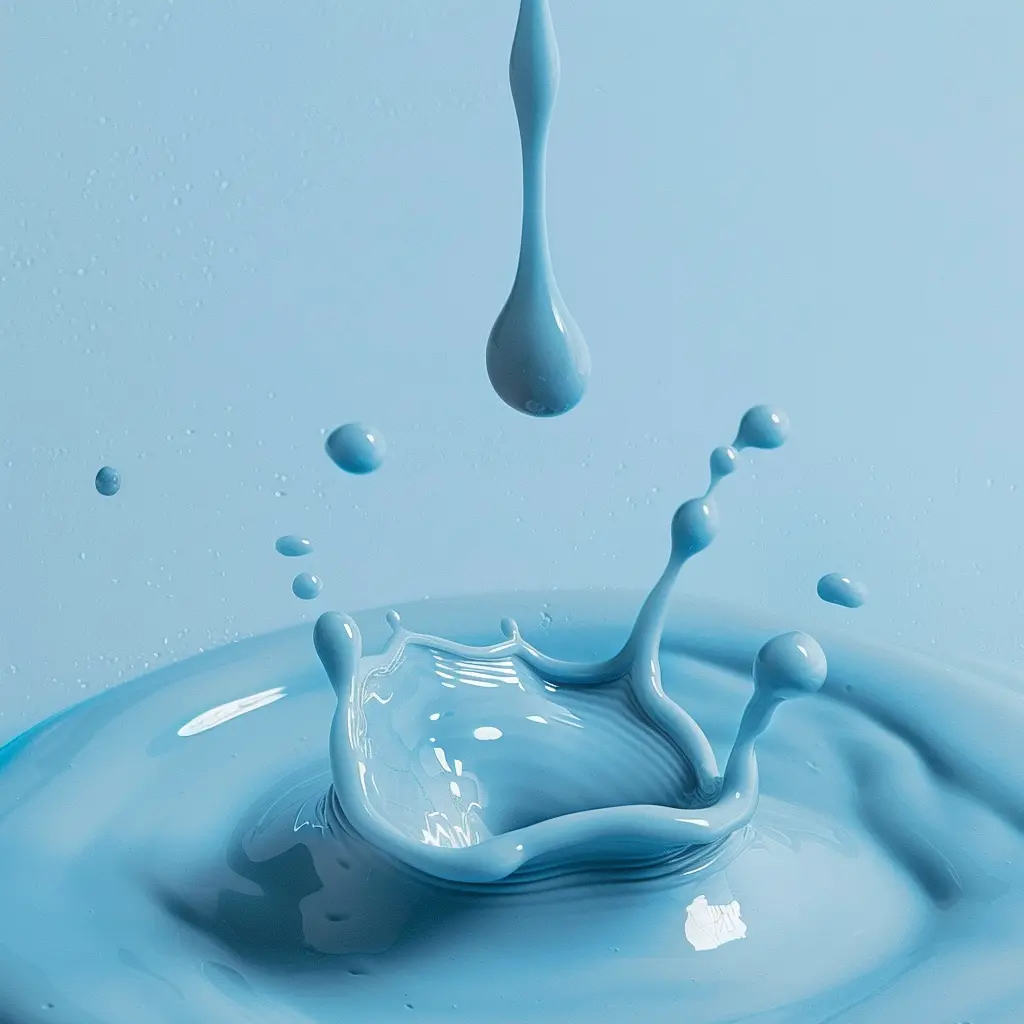
In the rubber industry, production efficiency, product quality and inventory management are important challenges faced by enterprises. How to effectively reduce the risk of scorch and improve the production process has become the focus of every rubber production company. In this context, preservative CTP (PVI) emerged as the times require and has become an important solution to improve production efficiency.
As an advanced vulcanization corrosion inhibitor, CTP (PVI) has significant advantages in its application in rubber materials. It can effectively reduce the risk of scorching of rubber during processing, thereby improving production safety. The production process using CTP (PVI) is more controllable, allowing companies to reduce material consumption while improving the performance and quality of the final product.
Through the rational use of CTP (PVI), companies can optimize the production process and achieve higher output and lower scrap rates. This kind of preservative can not only improve the physical properties of vulcanized rubber, but also extend the storage period of products due to its excellent stability, solving the problems faced by enterprises in inventory management.
Many rubber manufacturing companies have seen significant increases in sales and market share after using CTP (PVI). For example, a company that uses CTP (PVI) increased its production efficiency by 30% and reduced its scrap rate by 20% after implementing the new process. This not only saves material costs for enterprises, but also enhances market competitiveness.
In summary, the application of preservative CTP (PVI) in the rubber industry can not only effectively reduce the risk of scorch, but also effectively improve production efficiency and product quality. Businesses should actively explore their use to gain an advantage in an increasingly competitive market. It is innovative solutions like this that help us keep moving forward in a rapidly changing industry.

